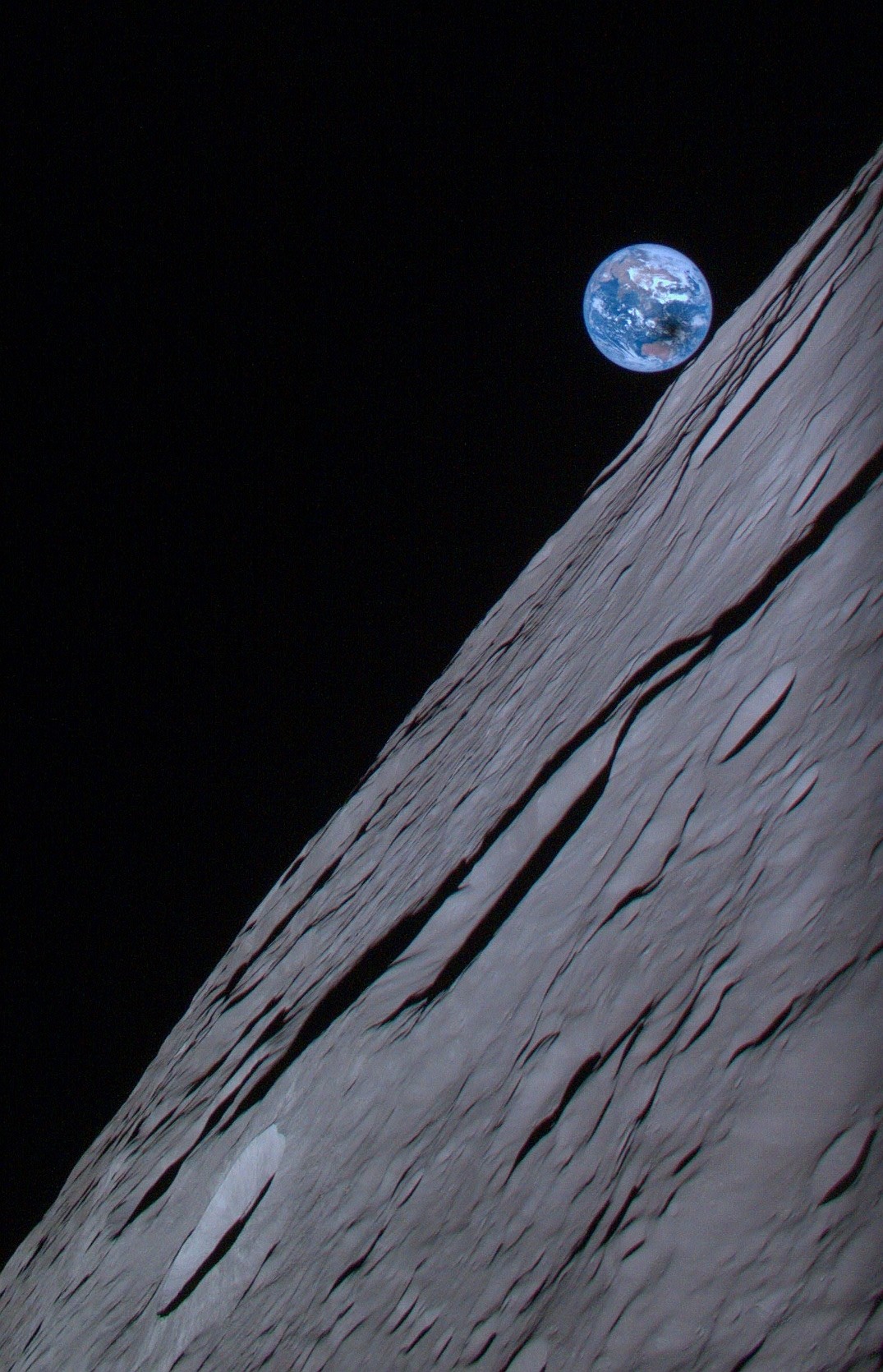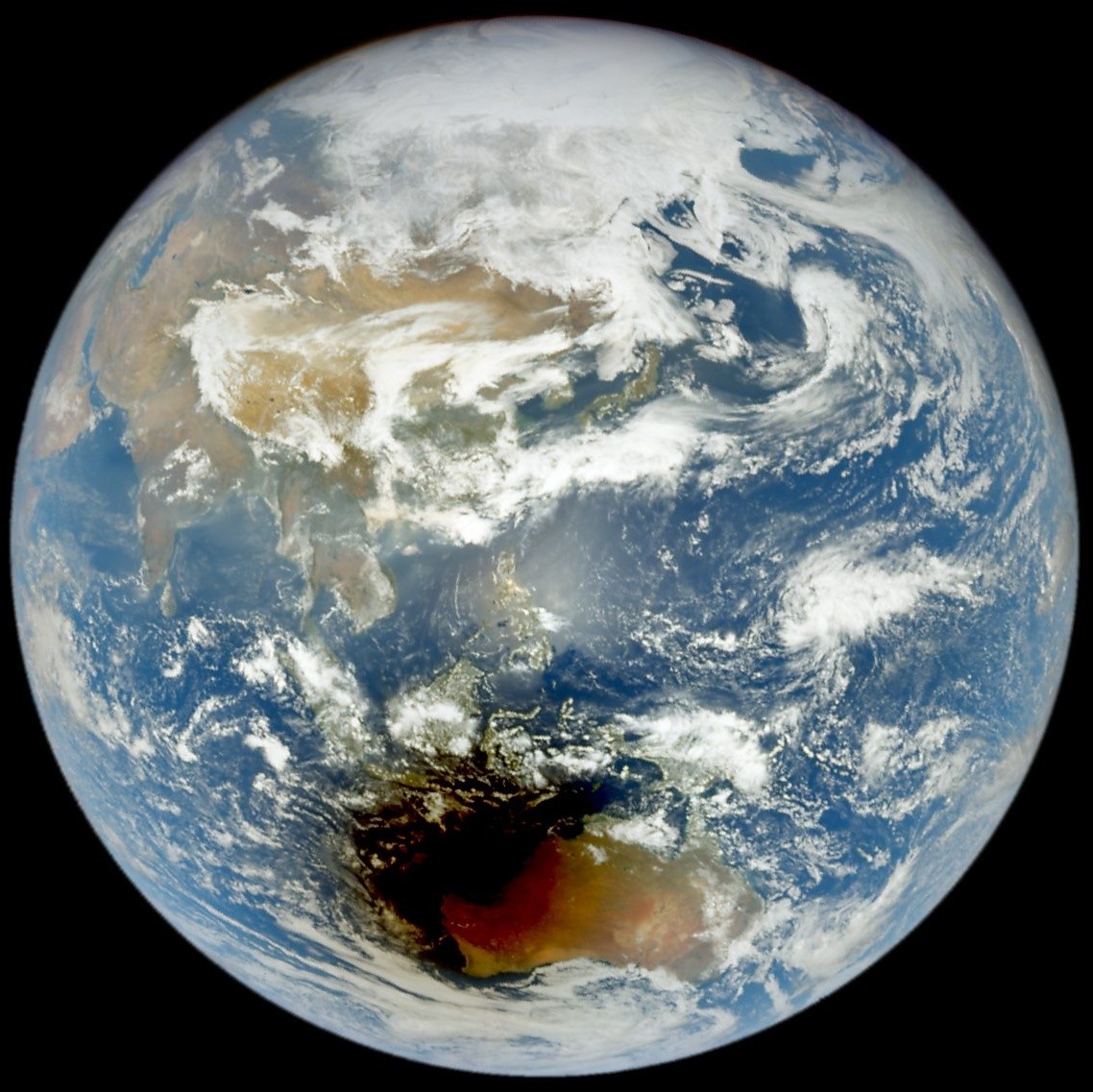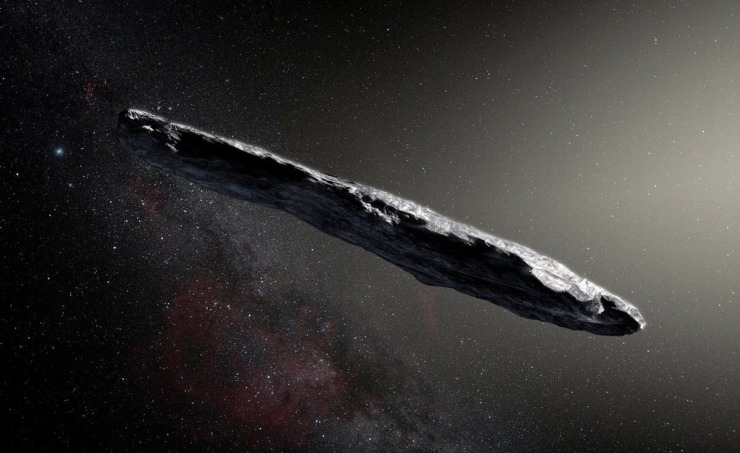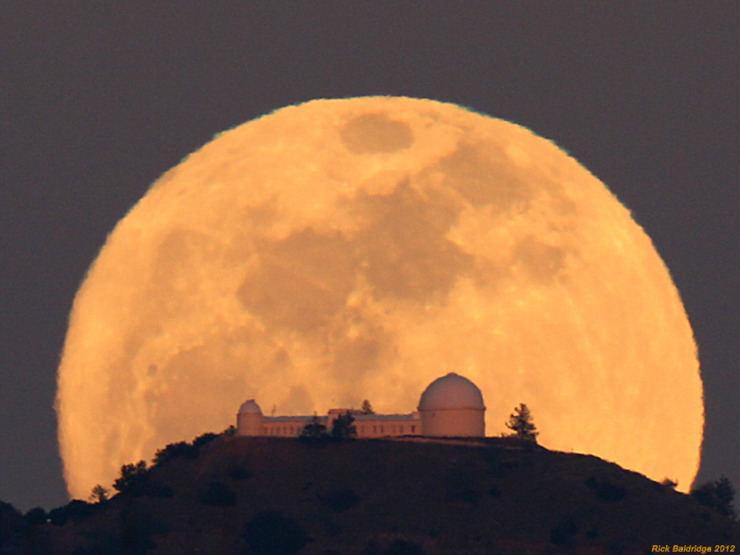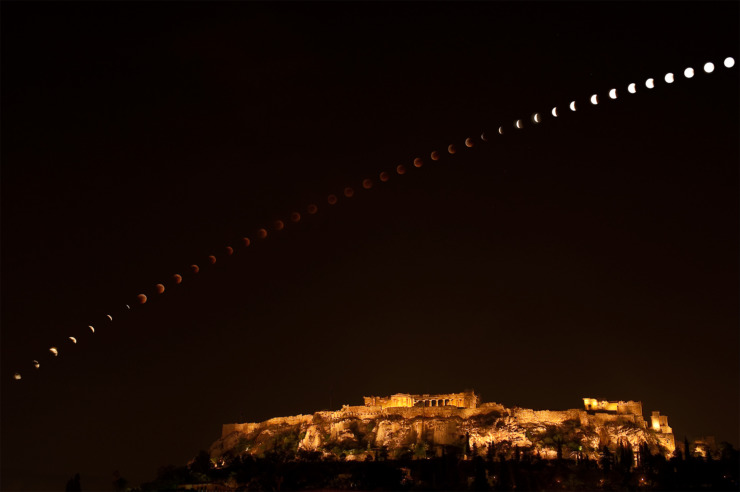On April 20, the Japanese Hakuto-R spacecraft took a remarkable image of the Earth from orbit around the Moon, showing a total eclipse of the Sun in progress near Australia. Unfortunately, the spacecraft, which would have been the first commercial mission to land on the Moon, appears to have crashed on the Moon when the controllers attempted touch down on April 25. Still, this beautiful image, showing our colorful Earth on the limb of the Moon will stand as a testament to the mission. (They are not the first to fail to land a capsule on the Moon, and they probably won’t be the last.)
Click the little arrow on the side of the photo and you will be taken to a closer-up image of the Earth that shows more clearly the dark shadow of the Moon during the April 20th eclipse. That view is from DSCOVR, a climate-monitoring satellite (belonging the National Oceanic and Atmospheric Administration,) about a million miles away. In an eclipse of the Sun, the Moon gets between the Earth and the Sun, and covers some or all of the Sun, producing a dark shadow on our planet.
These eclipse images are a good reminder that we are about 6 months away from an annular eclipse of the Sun (Oct. 14, 2023) and about a year away from a total eclipse of the Sun (Apr. 8, 2024), both of which will be visible from North America (including the U.S.) You can learn more about these upcoming eclipses in a booklet that a colleague and I wrote for teachers, free at: http://bit.ly/eclipsesforteachers
I am happy to report that I am part of a small team of astronomers and educators, who persuaded the Moore Foundation to fund 5 million free eclipse glasses (and information booklets) that will be distributed to the public through 10,000 public libraries nationwide. The booklet we wrote for librarians and their patrons can be found at: http://bit.ly/eclipsesforlibraries The last pages of this booklet feature 2-page introductions to each eclipse written in English and in Spanish for the public. You can check with your library to see if they are participating.
The exciting (and to a teacher, scary) thing is that at least a partial eclipse of the Sun will potentially be visible on both dates to about 500 million people. I say potentially, because it may be cloudy in October and April in many places, and not everyone will know to step outside at the right time. Still, we expect enormous media attention to both eclipses when they get close, and then a panicky rush to get more information, eclipse glasses, other safe methods of viewing, good viewing locations, etc. You can be ahead of the game by consulting the two booklets above, which have clear information and diagrams for safe viewing, or by attending an eclipse lecture by an astronomer in the coming months.
(I will be giving such a talk in the big auditorium at Foothill College, where I taught for 25 years, on the evening of May 10th. For more information, see: https://astrosociety.org/get-involved/events/event-calendar.html/event/2023/05/10/in-person-silicon-valley-lecture-series-an-eclipse-double-header-two-u-s-eclipses-of-the-sun-in-2023-2024-with-andrew-fraknoi/423588 ) The talk will be recorded, and will then be available on the YouTube Channel of the Silicon Valley Astronomy Lectures: http://youtube.com/SVastronomylectures

